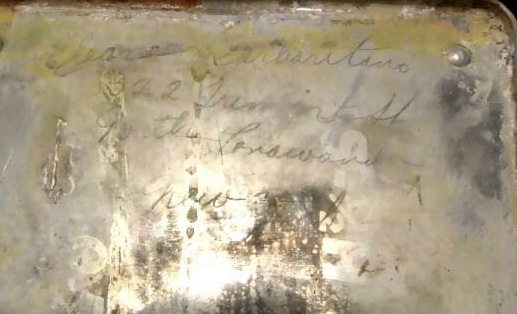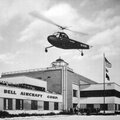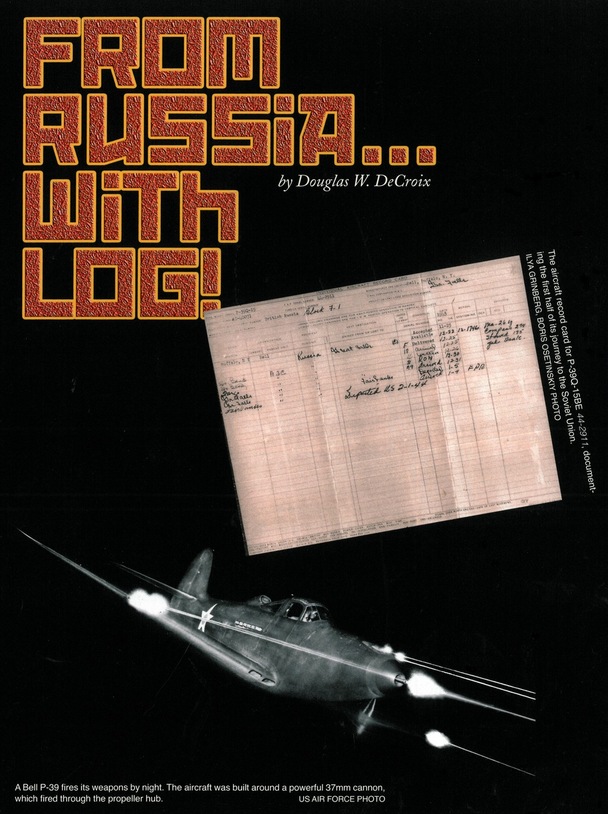
“From Russia. . .With Log!” [Fall 2009] told the story of a P-39 fighter’s incredible journey from Western New York to the Soviet Union — and back again.
Anyone who knows me at all knows that I am a complete and hopeless airplane nut. So when the evocative story of a Bell P-39 fighter’s trip to the Soviet Union – and back – came to my attention three years ago, I couldn’t wait to share this fascinating tale with our readership. Frankly, it still remains one of my favorite stories.
But next to writing about a great story, one of the best things about my job is hearing the follow-ups that come to us from readers and the community at large. Since the original article went to press back in the fall of 2009, the story of this unique aircraft has continued to evolve. While some of the developments have been covered elsewhere, I felt it was worth sharing a few of these with our readers – along with some great photos – since folks read the original story here first. Equally important to the updates themselves, however, is the opportunity to further spotlight the accomplishments of Hugh Neeson and all the folks at the
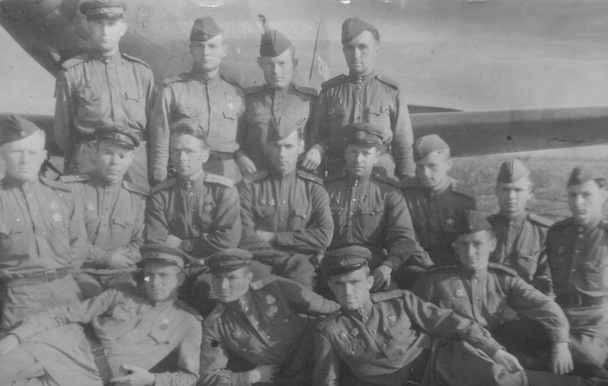
P-39 44-2911 was being piloted by 22-year-old Lt. Ivan Ivanovich Baranovsky (second row, third from right) when it crash landed in Lake Mart-Yavr in the Russian Arctic Circle. Note a different P-39 in the background of this photo.
Courtesy Ilya Prokofyev, via Ilya Grinberg
Our first update concerns the young man who piloted the aircraft on its final flight. Shortly after the original article appeared in our pages, Dr. Ilya Grinberg, an engineering professor at Buffalo State College and an expert on Soviet aviation of the period, contacted a colleague in
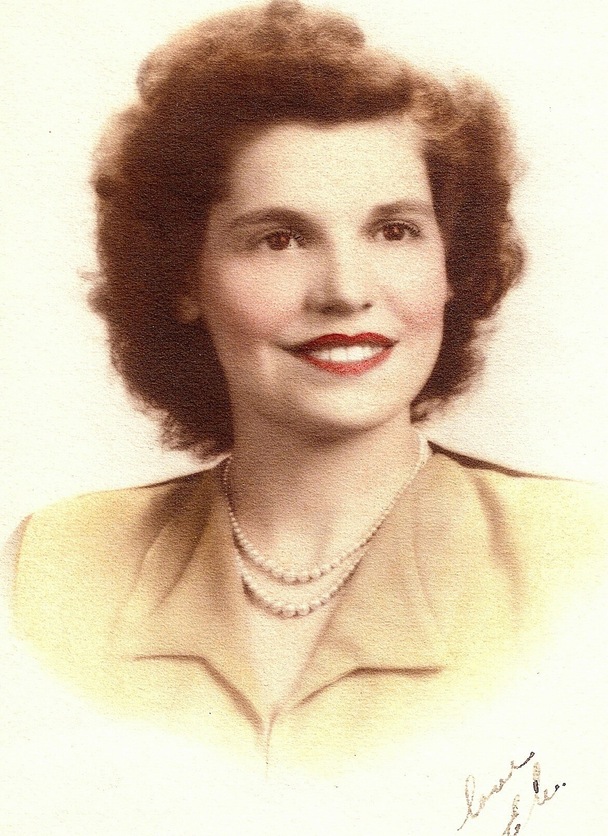
Eleanor Barbaritano, ca. 1942, age 18. Eleanor’s mother, Teresa, also worked at the
Courtesy Suzanne Simon Dietz
A second – and equally evocative – story concerns events and persons closer to home. Shortly after the P-39 returned to Western New York , the son of a former plant worker tipped off museum staff that, on occasion, some of the female workers at the Bell Aircraft plant would sign their names on parts of the aircraft they helped assemble. A search was launched to discover whether any of P-39 44-2911’s parts had been so signed; to date, two have been found. Helen Rose of Buffalo ’s signature was discovered on a portion of the instrument panel, while North Tonawanda ’s Eleanor Barbaritano signed the cover for a relay box, found near the plane’s radio.
Though both women have since passed away, Suzanne Dietz succeeded in tracking down some of their relations. Like Grinberg, she was able to reconnect family members with the work of their loved ones. Helen Rose’s niece, who now lives in
After nearly 70 years, these ladies still deserve our thanks, as do Hugh, Suzanne and Ilya for their work in illuminating our heritage. Stay tuned as the story continues to unfold.
